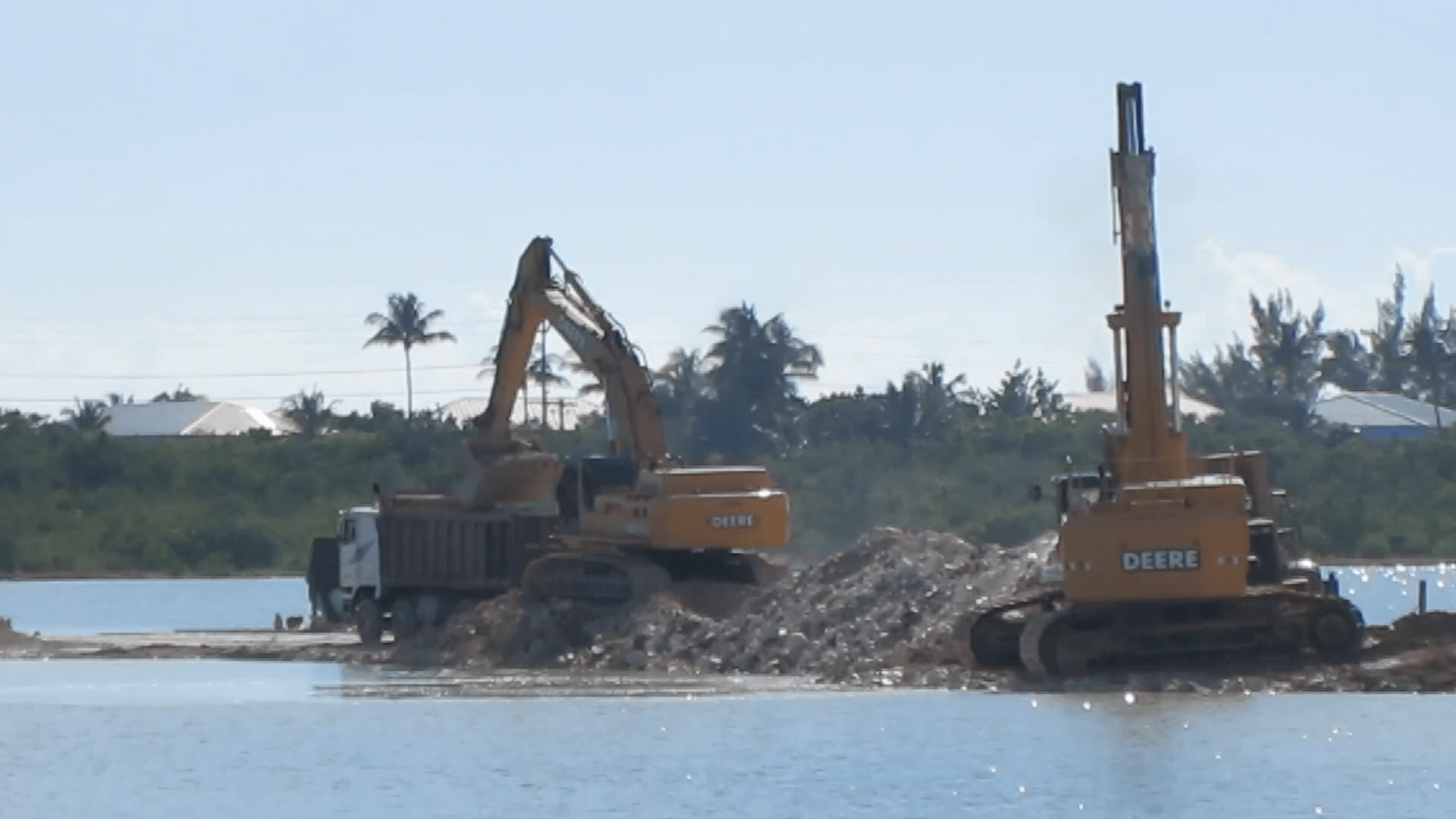Cayman Islands Build Mangrove Protection into Law
Written by Martin Keeley (Mangrove Education Project & Mangrove Action Project)
After more than 20 years of legal action Cayman Islands’ mangroves finally have official legal protection, which should, finally, prevent these dwindling yet critically important species from being removed by developers without consequence. In early May, the National Conservation Council (NCC) finalized the adoption of a Species Conservation Plan, which formalizes mangrove protection in law and outlines the very strict conditions under which they can be removed.
Cayman and international environmental organizations, including the Mangrove Action Project (MAP) have warned about the dangers of mangrove clearance for years. Since the urban and tourist developments started accelerating in the early 1980s Cayman has lost over 25% of its mangroves. More recently, there has been an increase in the number of development sites where a significant swathe of mangroves has been illegally cleared before planning permission was obtained. This meant that the Department of Environment (DOE) was not given the opportunity to advise either against any removal or how it should be done to mitigate negative impact, raising concerns for the scientists at the department.
In many cases mangrove destruction has taken place when developers are either unaware or simply do not care about the importance of mangroves or how they would benefit the proposed projects.
Just last month the Central Planning Authority (CPA) considered and granted an application for after-the-fact land clearance in the Prospect area – a process that is quite common. Several acres of mangroves that were part of an important drainage system were removed so a developer could dump soil and store materials to support a nearby condominium development.

Hotel and condo construction going on fast in former mangrove habitat
© Martin Keeley
The DoE had urged the CPA to take appropriate measures regarding this last bout of mangrove destruction because the DoE conservation officers could not intervene until the mangrove conservation plan had been approved. But the CPA did nothing and gave the developer after-the-fact permission. While the CPA could impose penalties for such destruction the agency has never applied such fines despite the commonality of the practice.
But from now on mangroves are formally protected and anyone who removes, kills or damages them commits an offence under section 33 of the National Conservation Law. With no specific penalty in place, the courts have the discretion to fine perpetrators up to half a million dollars or send them to jail for as long as four years, which is the maximum penalty for conservation law infractions.
Meanwhile, a group of young people in the Cayman Islands who campaign for conservation and environmental awareness, are not letting the current lockdown stop their efforts and are using social media to campaign hard for the Caribbean-wide initiative to plant trees, including mangroves.

© Martin Keeley
The students, who have formed the group Protect Our Future, are also pressing for a curb on development in Cayman, which has caused thousands of trees to be removed. “This is especially damaging and dangerous for Cayman because most of the trees destroyed are mangroves,” the POF students said.
“Mangroves sequester four times the amount of carbon than rainforests do and protect our coastlines from severe weather events. By tearing down our mangroves, we are releasing a vast amount of carbon into the environment, once again contributing to climate change. Through leading and promoting the reforestation of our mangroves we will be creating a more sustainable environment for our future,” they added in social media postings.